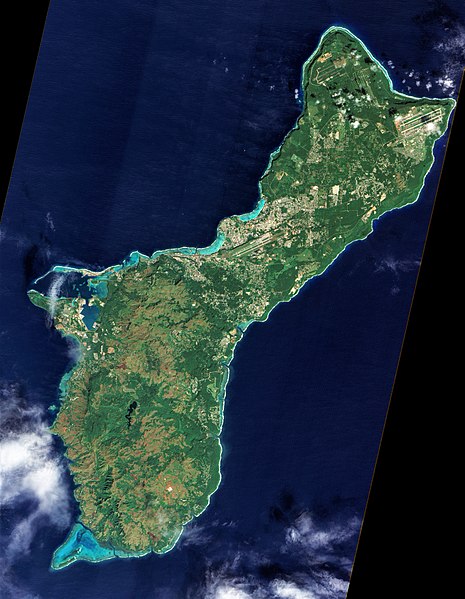Файл:Guam ali 2011364 lrg.jpg
Уҡыу көйләүҙәре

Ҡарап сығыу ваҡытындағы күләм: 465 × 599 пиксель. Башҡа айырыусанлыҡтар: 186 × 240 пиксель | 372 × 480 пиксель | 596 × 768 пиксель | 794 × 1024 пиксель | 1589 × 2048 пиксель | 3994 × 5148 пиксель.
Сығанаҡ файл ((3994 × 5148 пиксель, файл күләме: 4,36 МБ, MIME-төр: image/jpeg))
Файл тарихы
Файлдың күрһәтелгән ваҡытта ниндәй өлгөлә булғанын ҡарар өсөн баҫығыҙ: Дата/ваҡыт
| Дата/ваҡыт | Миниатюра | Үлсәмдәре | Ҡатнашыусы | Иҫкәрмә | |
|---|---|---|---|---|---|
| ағымдағы | 08:16, 24 май 2020 |  | 3994 × 5148 (4,36 МБ) | Beyond My Ken | Adjs for visibility |
| 22:53, 19 февраль 2012 |  | 4014 × 6021 (4,45 МБ) | Melikamp |
Файл ҡулланыу
Был файлды ҡулланған биттәр юҡ.
Файлды глобаль ҡулланыу
Был файл түбәндәге википроекттарҙа ҡулланыла:
- br.wikipedia.org проектында ҡулланыу
- bs.wikipedia.org проектында ҡулланыу
- en.wikipedia.org проектында ҡулланыу
- fa.wikipedia.org проектында ҡулланыу
- fo.wikipedia.org проектында ҡулланыу
- id.wikipedia.org проектында ҡулланыу
- incubator.wikimedia.org проектында ҡулланыу
- ko.wikipedia.org проектында ҡулланыу
- ml.wikipedia.org проектында ҡулланыу
- nl.wikipedia.org проектында ҡулланыу
- pl.wikipedia.org проектында ҡулланыу
- tl.wikipedia.org проектында ҡулланыу
- tr.wikipedia.org проектында ҡулланыу
- zh-yue.wikipedia.org проектында ҡулланыу
- zh.wikipedia.org проектында ҡулланыу



